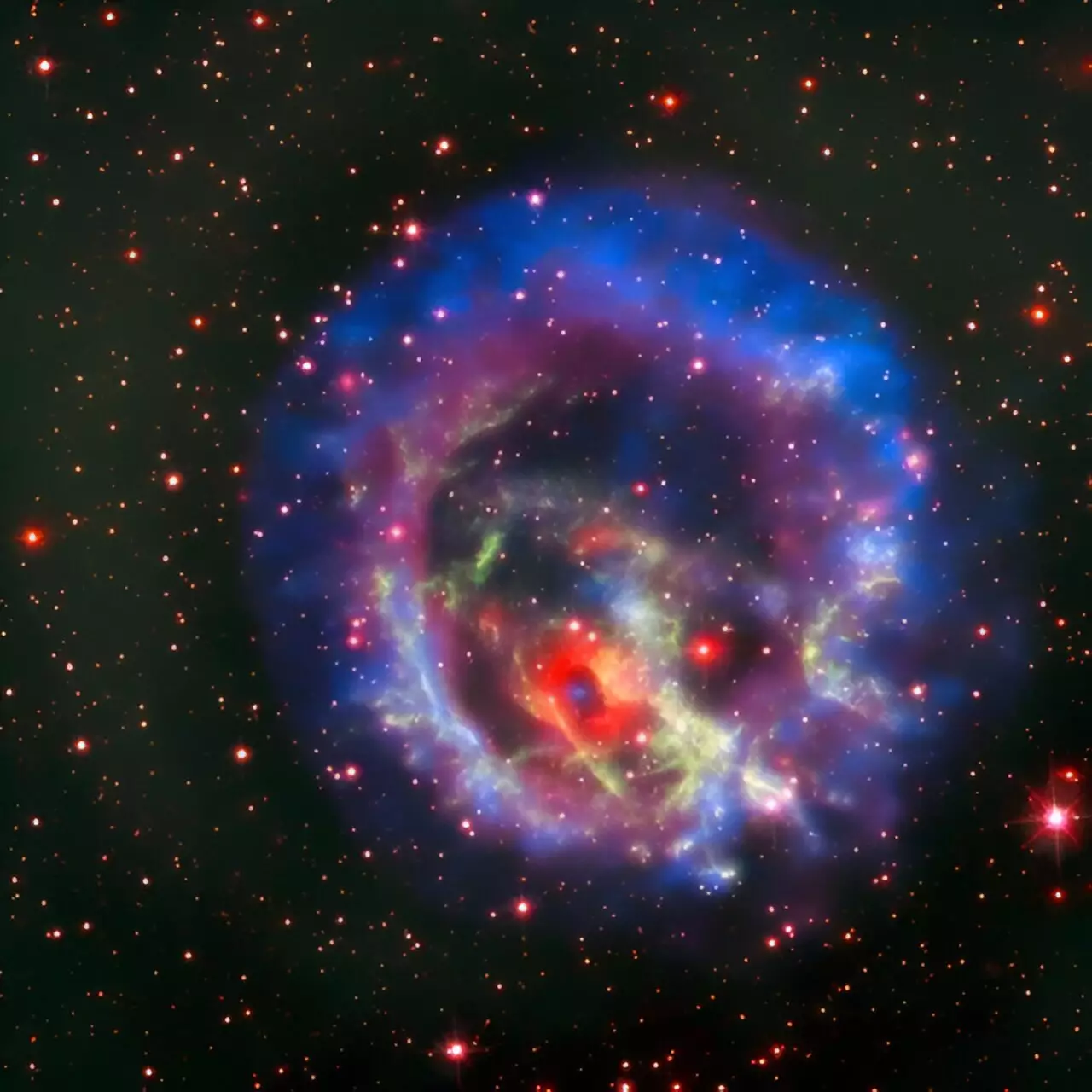Scientists around the globe are embarking on an ambitious journey to delve into the very fabric of the universe by recreating conditions that existed just after the Big Bang. This pursuit involves heavy-ion collision experiments, where charged atoms are smashed together at incredibly high velocities, revealing insights into the matter that composed the early cosmos. The implications of these experiments are vast, and they may not only affirm existing theories within the Standard Model of particle physics but may also present unexpected phenomena, particularly concerning ultradense states of matter known as quark-gluon plasma.
Quark-gluon plasma is hypothesized to manifest when extremely hot matter is compressed to densities surpassing those found in neutron stars. As physicists attempt to achieve these conditions in controlled environments, understanding the resulting plasma could offer significant clues about the universe’s formation. However, as Hidetoshi Taya from the RIKEN Interdisciplinary Theoretical and Mathematical Sciences Program points out, there remains a plethora of theoretical uncertainties that accompany these high-density experiments. This uncertainty necessitates thorough experimental validation, making the need for ongoing and future research imperative.
Historically, heavy-ion collision experiments have substantially focused on achieving high temperatures through high-energy collisions. Yet, the recent shift towards intermediate-energy collisions is particularly noteworthy. By adjusting the energy levels, physicists can create conditions that better mimic those in celestial entities, from neutron stars to supernova explosions, thus deepening our understanding of how matter behaved in the early universe.
This experimental evolution is crucial for connecting theoretical predictions with relevant astrophysical phenomena. Taya emphasizes the importance of these shifts in approach, stating that creating the right environments to study these extreme forms of matter can lead to groundbreaking revelations about their very nature.
Of particular interest in this exploration is the potential to generate extraordinarily strong electromagnetic fields during these collisions. In tandem with efforts to study quark-gluon plasma, Taya and his colleagues theorize that these experiments might serve as unintentional laboratories for witnessing strong-field physics—phenomena that had not been observable under previous experimental paradigms.
The theoretical framework behind this is intriguing. While intense lasers can produce substantial electromagnetic fields—comparable to a hundred trillion light-emitting diodes—the fields generated through heavy-ion collisions are expected to be orders of magnitude stronger. These ultrastrong fields could unlock an entirely new realm of physics, allowing researchers to uncover fundamental truths about particle interactions in ways that were previously unattainable.
Despite the promise of these ultrastrong fields, a significant challenge remains: directly measuring their presence and impact during collisions. Current experimental setups will allow physicists to collect data on the particles produced from the collisions, but not on the electromagnetic fields themselves. This limitation underscores the necessity of developing sophisticated methods to probe how these fields influence the properties of observable particles.
The path forward will involve melding theoretical predictions with experimental results to draw a clearer picture of the influence of these strong electromagnetic fields. Understanding this relationship is vital for validating Taya’s assertions and for moving toward a comprehensive understanding of strong-field physics. The potential for uncovering new physical laws could profoundly alter our conceptual framework of particle physics and the behavior of matter in extreme environments.
As laboratories around the world gear up for these groundbreaking experiments, the scientific community is on the cusp of a new era of discovery. By recreating the conditions of the early universe, physicists hope to not only confirm longstanding theories but also stumble upon unforeseen phenomena that could reshape our understanding of the cosmos. The exploration of heavy-ion collisions and the ultrastrong electromagnetic fields they may generate heralds a transformative period in physics—one that holds the promise of unveiling the universe’s deepest secrets.


Leave a Reply